Student Science Projects
an archive of past research projects when I was a student.
Mobile Application Data Analysis
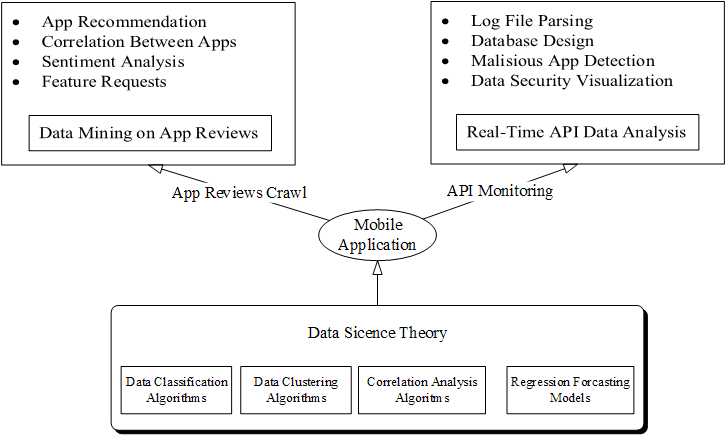
When you click the button on your app, what is it really doing?
The mobile data we are studying here is mainly focused on mobile application online reviews, and mobile App API data. Our laboratory have years of experiences in software security analysis, including malicious software detection, code security audit and security reinforcement in software etc.. We thus have collected huge data about the software stored in our local server, and we find out these data are becoming heavier and noisier, in which itself have a great value in information reuse. In this situation, we start this project to clean and reuse the data we have, to make a deeper analysis on these data in different angles, ushering in a new way to study mobile app security.
Users download apps from app stores, and write reviews to share their experiences about the app performance, these reviews contain valuable information for app developers, also attract to latent users. Our work on reviews analysis include features extraction and text classification, as well as sentiment computation etc. With respect to App API, we parse the log file and record the parameter values of API, feeding them with proper mathematical models, by doing this, we propose a novel approach to detect malicious apps, distinguished from our previous works which focus on code analysis.
Facing the huge data computing that consumes great resources, I am also doing some research on algorithm optimization in machine learning, trying to improve the simultaneous matrix diagonalization, in principal component analysis(PCA).
Related Work:
- Yuandong Liu, Yanwei Li, Yanhui Guo and Miao Zhang, “Stratify Mobile App Reviews: E-LDA Model Based on Hot Entity Discovery”, confernce: SITIS 2016
- Shiting Xu, Yuandong, Liu, Yanhui Guo, Guoai Xu, “Malicious Application Dynamic Detection In Real-Time API Analysis”, conference: Smart Data 2016
Mobile Newtwork Security Authentication System
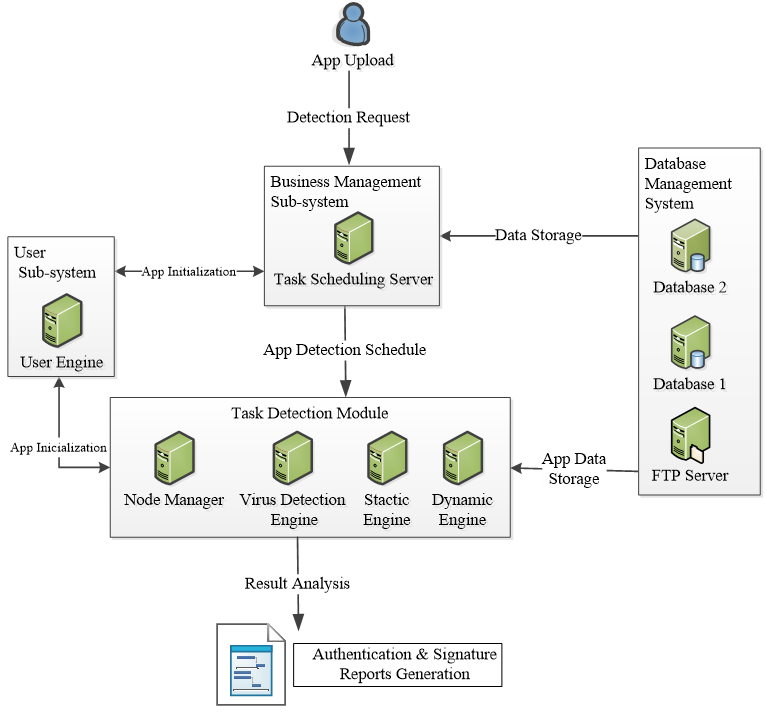
Is the app safe before it is uploaded to App stores?
Although there are 460 million Android active users in China, making it the world’s largest Android population, only 30% of them can access to Google Play, therefore 70% of users discover daily Android apps through third-party app stores. Android developers are free to distribute their apps in any intended approaches, including publishing into third-party app stores. There are more than ten third-party app stores in China used by local people every day, as a result, the trustworthiness of app stores in China is an open question. This project detects each APK file and repackage it with an authentic signature before uploading them to app stores.
The whole procedure of APK detection includes static analysis and dynamic analysis, as well as malicious app searching engine etc.. I am responsible for Android dynamic analysis, based on an open source project Xposed Framework, I developed an Android system API monitor module. The module can record and modified the parameters of API invoked by the running app, it can also notify users the details of app behaviors, e.g., text sending, internet connecting, audio recording, camera activation etc..
More Reading:
- The source code in my charge can be downloaded here
- I also co-authored a Chinese paper, “A detection method of Android application malicious behaviors based on Xposed framework”, Sciencepaper Online 12: 1264
Personal Tour Sites Planning System
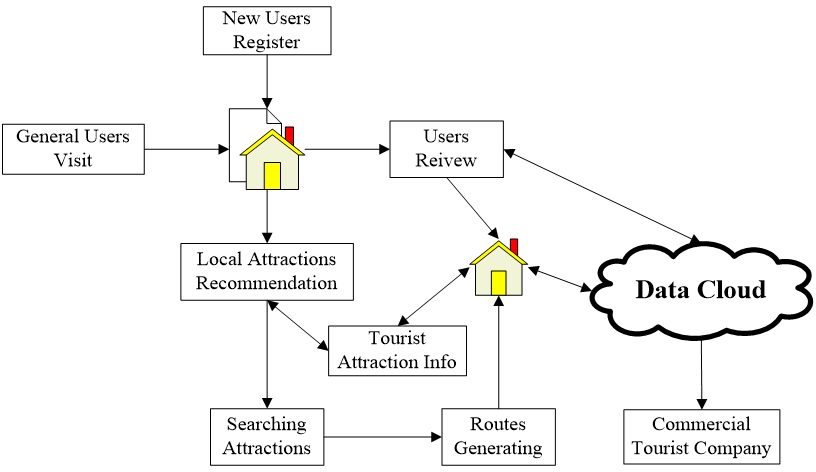
When you are going to travel places where you are unfamiliar with, how can you schedule your tour sites using your time and money to the limit? Would you like to share your findings with other tourists who haven’t been there during your trip?
This project provide tourists a tool to organize their trips according to their personal preference, and a community to communicate with people who are mutually fond of same tour sites. The system is designed in three-layer web structure: Business Logic Layer(BLL), Data Access Layer(DAL), User Interface(UI). We build B/S database application system, implemented the system with ASP.net framework in Visual Studio. We also developed an algorithm to optimize the route for users, presenting the tour sites dynamically on the map by invoking Baidu map API.
The source code can be found here.
Mathematical Contest in Modeling
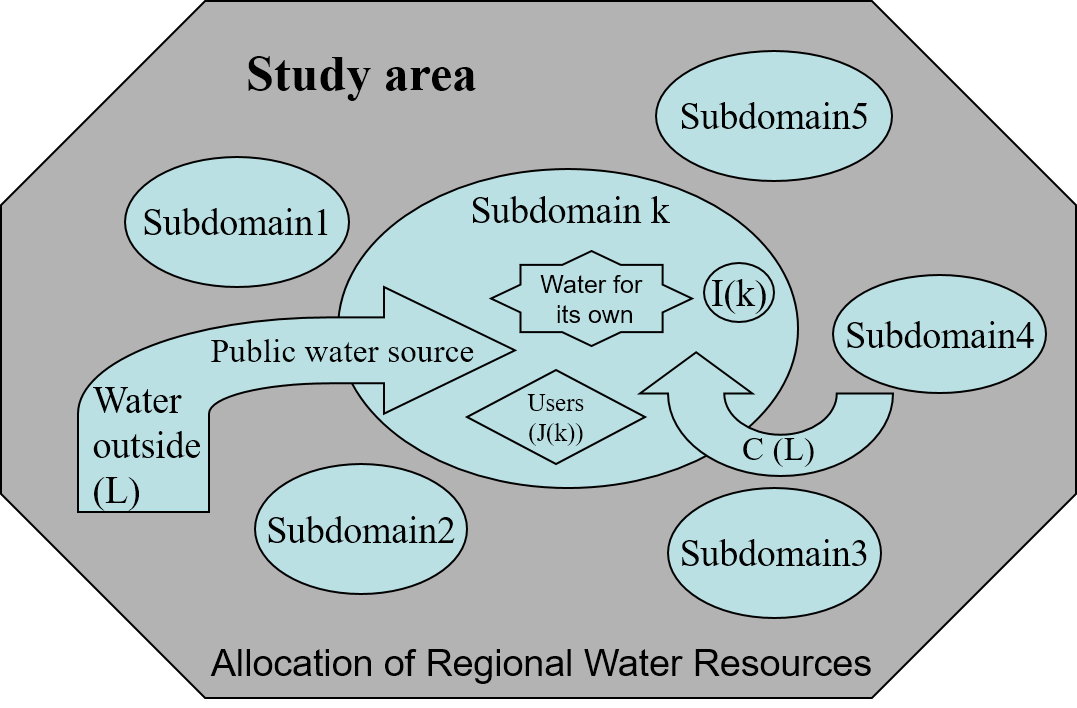
How can we determine an effective, feasible, and cost-efficient water strategy to meet the projected water needs of a country in 2025?
At present, the shortage of fresh water resources has seriously restricted the development of many countries in the world, so it is particularly important to develop rational and effective water resources strategies. In order to meet the water demand by 2025, this paper takes China as the research object, analyzes its water resources data, combines with China’s economic, ecological and environmental factors, and finally establishes freshwater resources strategic planning model.
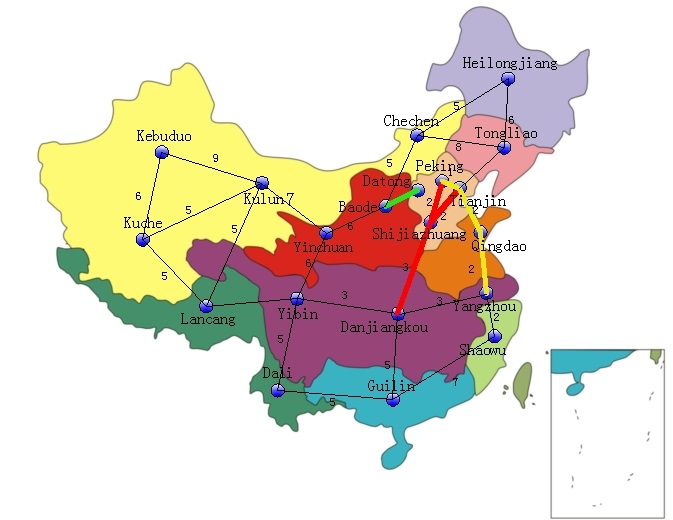
In order to solve the problems in the water storage and transportation, seawater desalinization and water resources protection, we made maximization of social benefits S(X) and economic benefits J(X) as the goal, the water storage, transportation, desalinization and water resources protection as the constraint conditions, and set up a multiple objectives programming model. In solving the model, we made the social benefit as the constraint conditions, and then transformed it into a single objective programming model. After the model was solved, the optimal allocation of water resources was achieved. In particular, the application field of the water resources optimal allocation model can be cities, countries and even the whole planet. The model has general applicability. Meanwhile, the model is also applicable to allocation of other resources, such as oil, natural gas, minerals etc.. Full Paper.